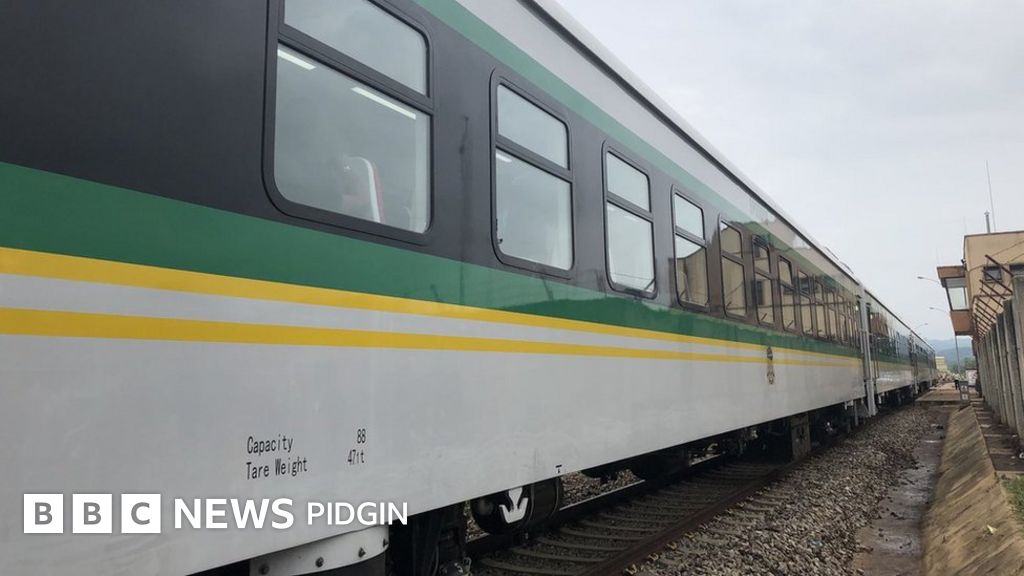


Most people found that they could get to where they were going faster with other transportation than riding on a train. In the 1960s SP just could not compete with automobiles and jet airliners. Whenever possible, the trains were discontinued by the SP. Though the diesels were more efficient, popular opinion felt they just did not have the appeal like a steam engine.Īs ticket sales continued their downward spiral, the Daylight trains became shadows of what they had once been giving way to shrinking consists and spartan amenities. On Januthe steam era ended for the Coast Daylight and all trains were pulled by diesel engines. More people were driving cars, flying with the airlines, or even riding rival passenger trains like on the Santa Fe. In the 1950s train ridership started to decline. Starting in 1949, the Shasta Daylight began operating between Oakland California and Portland Oregon with beautiful country and mountain scenery.

Like the Morning and Noon Daylights, the Shasta Daylight became a popular passenger train in northern California. With ridership still booming, by May 1940 SP found it necessary to order 51 more cars, 22 for the Morning Daylight and the rest for the Lark, Noon, and San Joaquin Daylights. Also streamlined was the Sunbeam (Texas Daylight), the San Joaquin Daylight which ran through California's Central Valley between Oakland and Los Angeles, and the Lark which ran between San Francisco and Los Angeles at night. The older 1937 cars from the Coast Daylight became the mid-day train called the Noon Daylight. SP placed an order for more streamlined cars and when they received the new equipment in 1940 they turned the Coast Daylight into the Morning Daylight which ran with 14 cars.
#Run 8 train sim passenger full
Almost every day the trains operated at full capacity. Within a few years the Coast Daylight had the highest ridership numbers in the country. After the inaugural run, the trains became very popular and ridership skyrocketed.


 0 kommentar(er)
0 kommentar(er)
